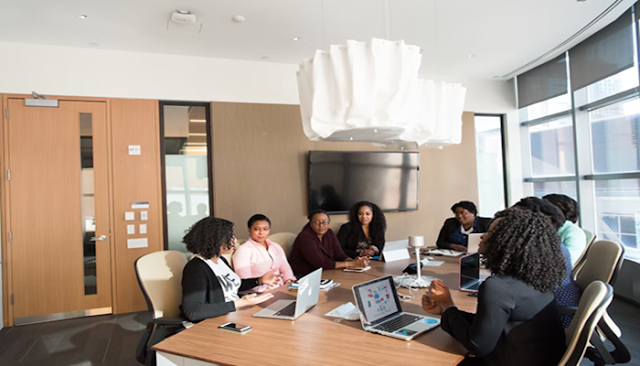Trade shows provide businesses with an excellent opportunity to showcase their products and services, connect with potential customers, and generate leads. However, in order to evaluate the effectiveness of a trade show booth design, it is essential to measure its success using key metrics. In this article, we will explore the key metrics and strategies that can be used to measure the success of trade show booth designs, with a focus on Las Vegas trade show rentals.
Tracking booth traffic: Quantifying Attendee Engagement and Reach
One of the most important metrics to consider when measuring the success of a trade show booth design is booth traffic. By using tools such as footfall counters or lead retrieval systems, businesses can determine the number of attendees who visit their booth. This metric helps quantify the reach of the booth and provides insights into attendee engagement levels.
Evaluating Lead Generation: Measuring Quality and Quantity
To determine the success of a trade show booth design, it is crucial to assess the quantity and quality of leads generated. By employing lead capture technologies, businesses can track and evaluate the number of leads collected during the event. Additionally, analyzing the quality of leads, such as their level of interest or potential for conversion, provides valuable insights into the effectiveness of the booth design.
Analyzing Brand Exposure: Maximizing Visibility and Impressions
Brand exposure is a key factor in trade show success. By monitoring social media mentions, hashtags, or online conversations related to the event, businesses can gauge the level of brand visibility generated by their trade show booth design. Analyzing the number of impressions and reach on social media platforms helps assess the overall impact of the booth design and its ability to create a lasting impression on attendees.
Calculating Return on Investment (ROI): Measuring Financial Success
Measuring the return on investment (ROI) is an essential metric for understanding the financial success of a trade show booth design. By tracking the number of sales conversions, qualified leads, or revenue generated as a result of the trade show, businesses can calculate their ROI. This metric helps determine whether the booth design was cost-effective and provides insights for future trade show investments.
Gathering Attendee Feedback: Evaluating Satisfaction and Perception
Collecting feedback from attendees is a valuable strategy to measure the success of a trade show booth design. By utilizing surveys, interviews, or social media polls, businesses can gather insights on attendee satisfaction, perceived value, and overall experience with the booth design. This feedback provides an opportunity to identify areas of improvement and make necessary adjustments for future trade show appearances.
Conclusion
Measuring the success of trade show booth designs is essential for businesses to understand their return on investment, evaluate attendee engagement, and improve future strategies. By tracking metrics such as booth traffic, lead generation, brand exposure, ROI, and gathering attendee feedback, businesses can gain valuable insights into the effectiveness of their trade show booth designs. When it comes to Las Vegas trade show rentals, employing these key metrics and strategies ensures that businesses can maximize their presence, drive meaningful engagement, and achieve their trade show objectives.

No comments:
Post a Comment